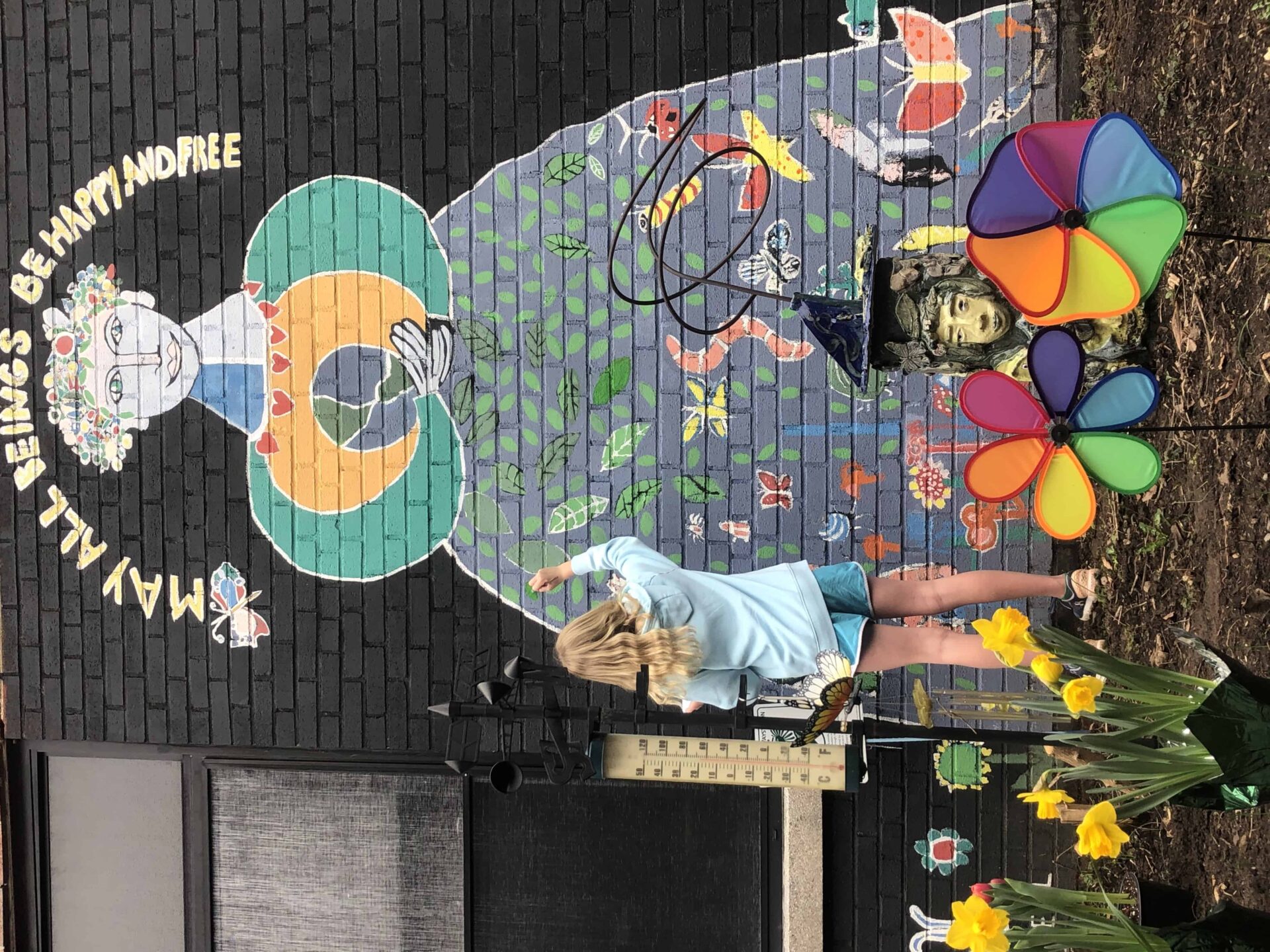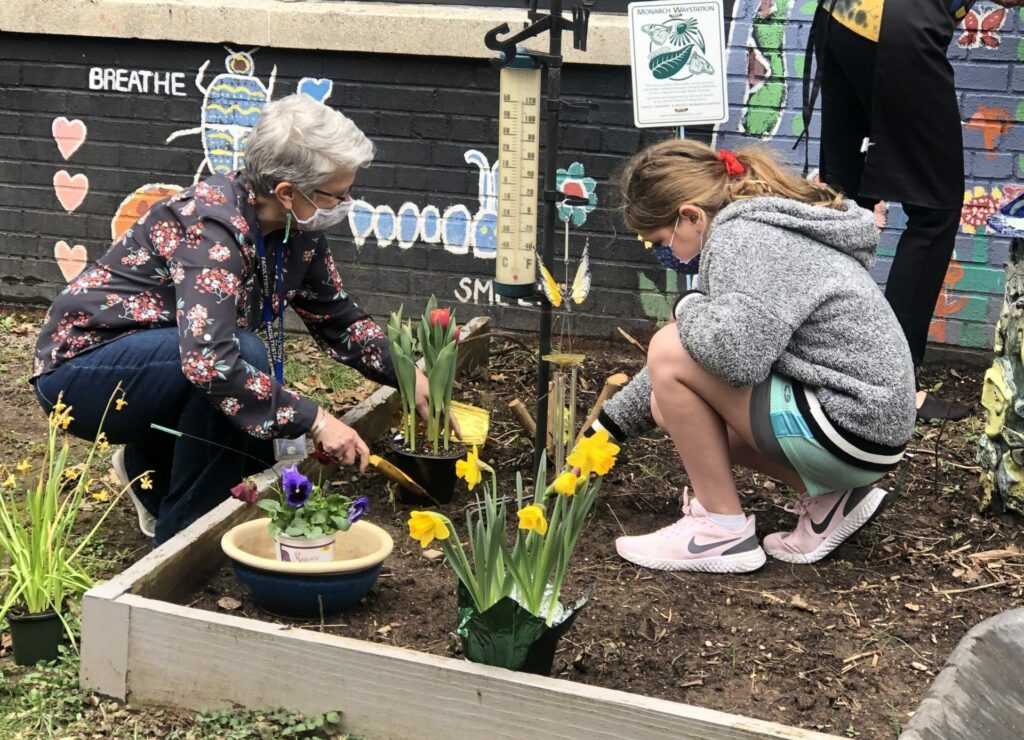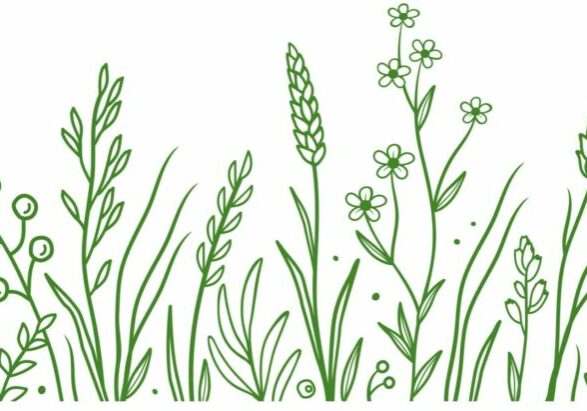
By Angela Mikula, M.Ed.
While this pandemic continues to put a spotlight on the vulnerabilities of our communities and our country, we educators live by the glow of our computer screens searching for new ways to keep our students engaged in learning. We are scrambling not only to reach our remote learners, but to also address the growing rate of depression and anxiety through social-emotional learning (SEL), address equity by teaching through the lens of social justice, try to compact all the most important parts of our curriculum, while we attempt to practice self-care so that we can stay healthy.
These demands and this spotlight raise the question: “What do we want our learning communities to become in this new normal?” What might feel now like trying to run a marathon with a rock in your shoe could become one of the best opportunities to reshape and reprioritize how and what we teach.
It’s obvious that the landscape of education is shifting—all the way from preschool to universities. We are all rethinking ways to manage and deliver learning, and it’s not going to be the same even when the pandemic goes away. So how can we seize this moment and do better? Now is the time to articulate with one another the adaptations we have made that will be most beneficial to enhance our programs post-pandemic. The case for interdisciplinary teamwork may be more important than ever in meeting so many needs.

Collaboration within our school
At Delaware Township School in Sergeantsville, educators are moving away from the siloing of curricular areas and teaching as a team aiming to deliver the most dynamic and relevant learning experiences for our students. By finding opportunities to team teach, we can develop more well-rounded presentations of the humanities full of rich connections and relevancy to real life where subjects naturally overlap.
With my colleague Sheri Laman, students are using the graphic design platform Canva to create infographics about threats posed by climate change on our cities. What they learn is applied to two-point perspective drawings of cities in my art class that propose solutions to address these threats . Finally, students use their ideas in their applied technology class with our colleague Rob Mead to create models using our 3-D printer and laser cutter. With their infographic, future-problem solving city drawing, and three-dimensional model, they can present their work in a manner that models occupational actions. We found Citgo’s Fueling Education: Sustainability, Cities and Communities Digital Lesson Educator Guide helpful in the development of this project.
Through teacher collaboration, students at Delaware Township School are learning about brain functions by way of mindset and mindfulness. Teachers developed a project-based lesson that built a mindfulness garden for our courtyard. Third grade teacher Moira Ganun and middle school science teacher Dan Chojnowski worked with students to prepare the garden beds and establish a monarch butterfly waystation.
When asked if my classes could add art to the garden, we brought in mural painter and mindfulness coach Jennifer Levine to help transform our space into a mindfulness garden. Incorporating STEAM, fourth grade art classes explored how to use and create a clay sundial while our sixth grade students were tasked with moving water through a clay sculpture to create a water feature. Middle school students in our Investigate class for accelerated learners developed a mindfulness activity sheet to help teachers engage their students in the garden with mindful activities inspired by nature. These students also took the leadership role of teaching the full school community how to find mindfulness when using the garden.
Global collaboration
In a globally collaborative project with The Barefoot Artists’ founder Lily Yeh and her assistant Xueer Jiang, Delaware Township School students are communicating with Beijing’s Dandelion School and ZhaoDengyu School through the making of dream flags inspired by dreamline.org. Students are sharing with each other their hopes and dreams through creative flag making. Students create individually but exhibit collectively, serving as diplomatic ambassadors. The collection of flags created by students of these three schools will be shared in a traveling exhibit once completed.
With our new confidence in virtual learning tools, this partnership between our school and the Dandelion School in Beijing now opens the door to promote cross-cultural understanding and civic skills during a critical time in our country’s relationship with China.
In another example of global teamwork among educators, discussions that once happened across rows of seats are now happening across oceans as our students embark in conversations with their global peers. At a U.N. Sustainable Development conference in the U.K., I met Ameet Mehta, CEO of Inspiral Education. For the last two years, his organization has provided our school with an international network of students learning together to develop global competencies while building their sense of global citizenship.
In 2018, our students represented the voice of U.S. students in discussions about freedom of expression. Through guided, inquiry-based learning, the students had the opportunity to share their thoughts on this complex concept with over 250 students around the world.
Inspiral’s global classroom experience is what made the transition into remote learning in March 2020 a familiar challenge and a welcome solution. The assessment results provided at the end of the Inspiral program showed that our students’ communication skills needed to be improved to engage meaningfully with their international peers. With this knowledge, we brought in Howard Blumenthal, the producer of Where In the World Is Carmen San Diego, and creator of the website Kids on Earth in the 21st century, which shares interviews with children around the world. You can view the interviews at bit.ly/koearth21.
This partnership provided our students with an opportunity to practice their communication skills in order to become better listeners, gain broader perspectives, and ultimately engage in a meaningful dialogue with their global peers.
In our most recent participation with Inspiral Education, Flipgrid has been the tool of choice while students share notes with their peers in India and Colorado on how issues such as global warming, poverty, and animal rights are being addressed in their home communities. With a recent addition to our teaching team, language arts teacher Ellen McShane shares her expertise while meeting her curricular area’s state standards. This is in preparation for Inspiral Education’s spring Global Symposium.
Building connections
Professional development opportunities are plentiful for teachers searching for connections with like-minded teachers in their communities and around the world. In 2018, I pursued a Fulbright Distinguished Award in Teaching, which lead to a fellowship at the University College of London’s Institute of Education and six months of traveling throughout the United Kingdom.
While there, I explored best practices for teaching through the lens of global citizenship and methods to address the growing rate of anxiety and depression among students. I attended conferences and built professional relationships that continue to grow. With organizations such as Fulbright, the possibilities of collaboration are limitless.
Role-modeling teamwork
I believe if we role model the effectiveness of this teamwork with our colleagues as we teach through the lens of mindfulness and social responsibility, we can be agents of change. If we provide lessons encouraging self-reflection and accountability, we can engage our students’ sense of purpose.
In addition to realizing the benefits of teamwork, the pandemic has revealed that collaborating with visual and performing arts teachers can better ensure that all of our learners—visual, musical and kinesthetic—can develop their voice and ability to express the best version of themselves. While rates of anxiety and depression among our students reach unprecedented numbers, incorporating the arts can provide a way to process their experiences, and a window for us to understand what students might be going through. It is more important than ever that students learn how to communicate their thoughts and tell their story with the confidence of knowing that their story matters.
Because of the organic nature of teaching, great things can happen when educators are given curricular flexibility and team-teaching opportunities. While school budgets may be affected by the new financial deficits, it’s important to recognize that our greatest resources are one another. We need to think, act, and teach as a team, collaborate our efforts and our expected outcomes. Together we’ll cross the finish line of this marathon, grateful that rocks in our shoes made us even better educators.
Angela Mikula is an art teacher at Delaware Township School in Sergeantsville. A US-UK Fulbright Distinguished Award in Teaching 2018 recipient, Mikula is the 2020-21 Hunterdon County Teacher of the Year. She writes a blog at Beeskneesblogger.wordpress.com, tweets from @amikula135, and can be reached at amikula@dtsk8nj.org.
